A few years ago, I wrote a three-part series about Standards-Based Scales. You can read Part 1, Part 2, and Part 3 here. One thing that is consistent in standards-based scales is that if students do not understand the vocabulary associated with a given concept or skill, they cannot achieve true understanding or application of the standard itself. So how do we teach music vocabulary to elementary students?
Identify Essential Vocabulary
The first step is to identify the big over-arching terms that will be taught in every grade level: melody, rhythm, harmony, form, dynamics, tempo, timbre, etc. Come up with concise, easy to understand definitions for each term. I use the following definitions for the elements of music. These can also be found on my Anchor Charts for Elementary Music.
-
- Melody: a series of pitches organized into a musical idea
- Rhythm: consists of long and short sounds and silences organized into patterns with an underlying beat
- Harmony: two or more pitches sounding at the same time
- Form: how large musical ideas are organized
- Dynamics: how loud or quiet the music is performed
- Tempo: how fast or slow the music is performed
- Timbre: the special sound an instrument makes
- Texture: layers of sound (thick/thin)
- Audiate: thinking music in our mind
Keep It Simple
Second, is to keep it simple and age-appropriate. Kindergarten students do not need a sophomore level music theory explanation of melody. Neither do fifth grade students. From those over-arching terms, identify what is most important for each grade or age level to know. Kindergarten students need to know that a melody is something they sing, but Third grade students may need to know that melodies have t
- onal centers (resting tone)
- a tonality
- move by step, skip, step, and repeat,
- have patterns that repeat.
Look to your district curriculum, state standards, or National Core Arts Standards for guidance on what each grade level should know.
Connect Vocabulary to Learning
Third, give students opportunities to practice the terms and definitions in class. Not once, but a lot. We learn through repetition and connection. Every time you sing a melody, identify it as such. Ask how students know it’s a melody. Have them “turn and talk” to a neighbor and share what they know about a melody. Invite them to share what they learned about a melody by restating it in their own words.
Provide Opportunities to Apply Vocabulary
Fourth, provide opportunities for students to create and play with vocabulary. If we’re talking about rhythm consisting of long and short sounds and silences organized into patterns, then give them opportunities to echo rhythm patterns, to identify rhythm patterns, to create rhythm patterns, to read and write rhythm patterns, etc. With each opportunity to interact with rhythm, be sure to connect back to the meaning of rhythm with your students. By modeling this type of musical interaction, the hope is students begin to make connections on their own to the music they listen to at home.
Teaching vocabulary doesn’t have to be challenging, dry, nor one more thing to do in music class. By enacting these few simple steps, students begin to make meaningful connections to music vocabulary and demonstrate their understanding through their performance in music.

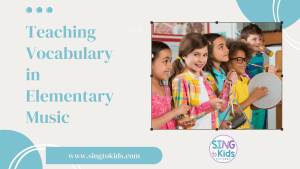

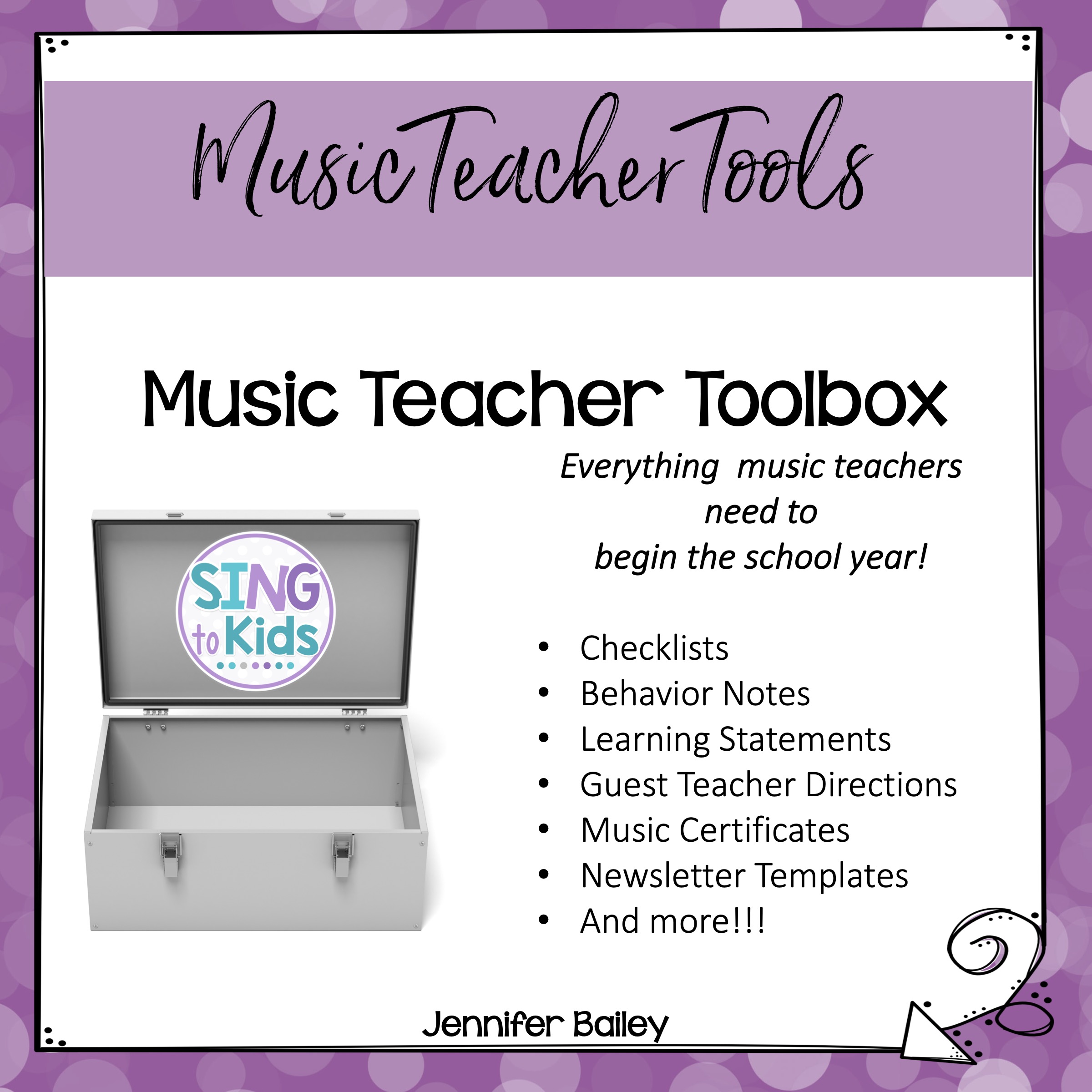

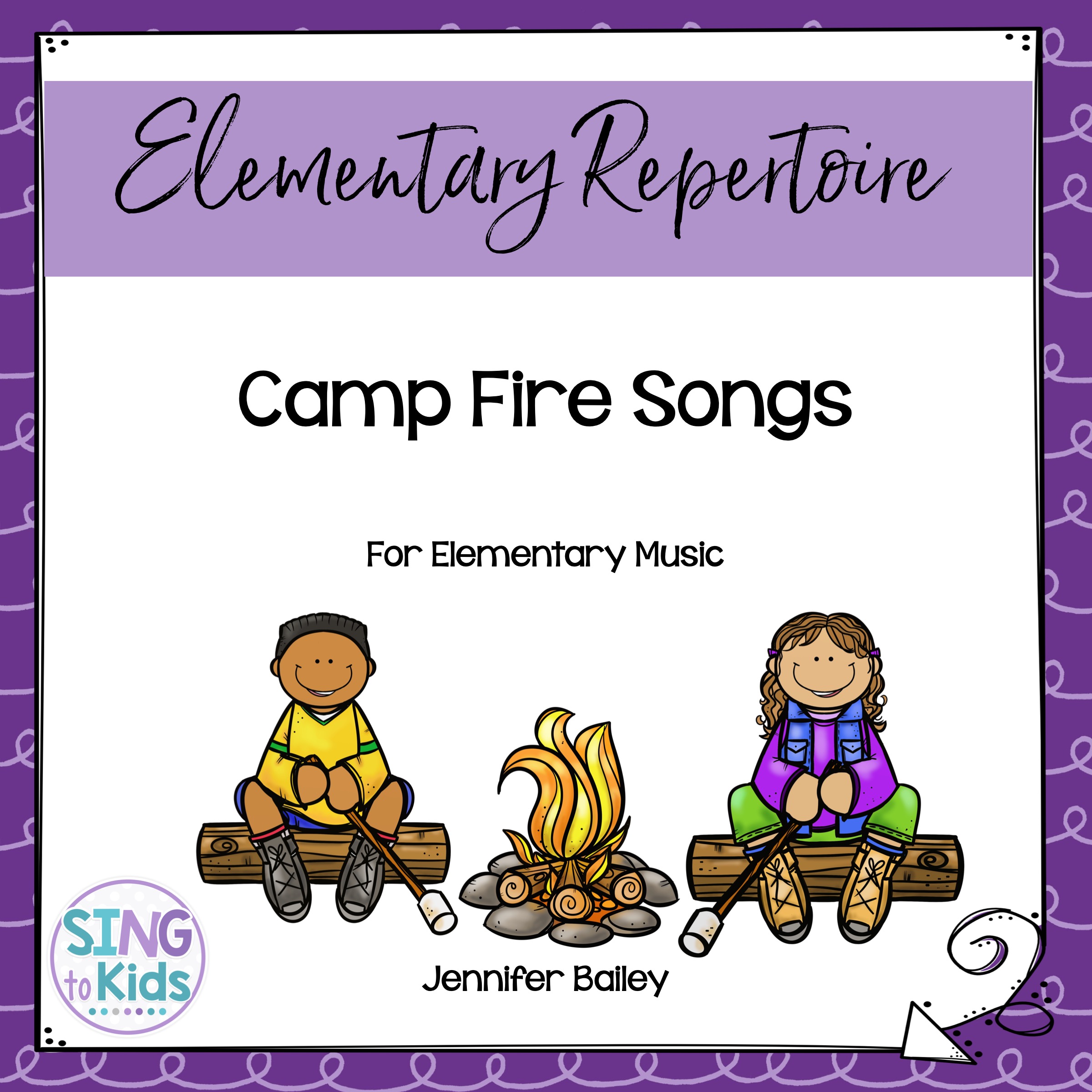
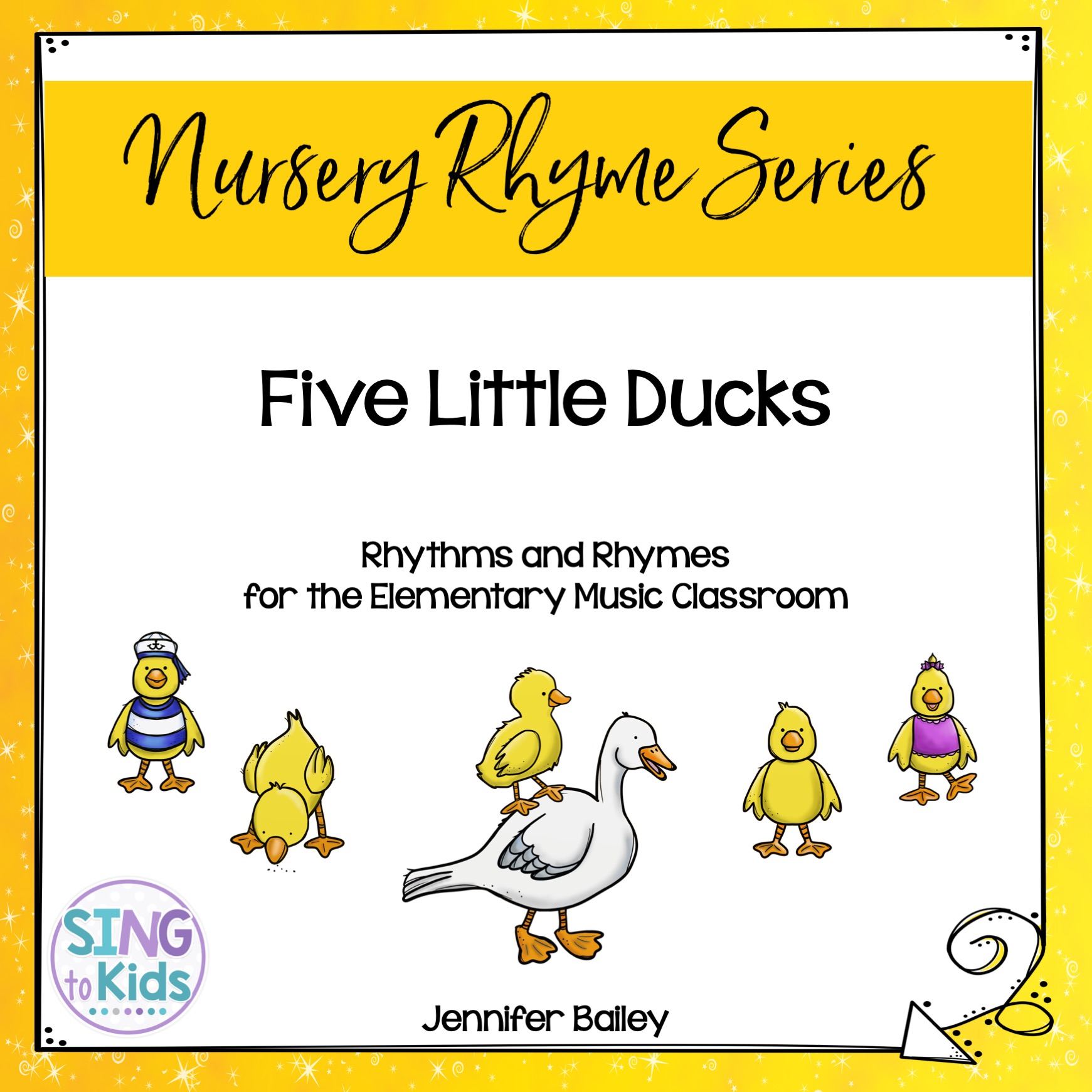
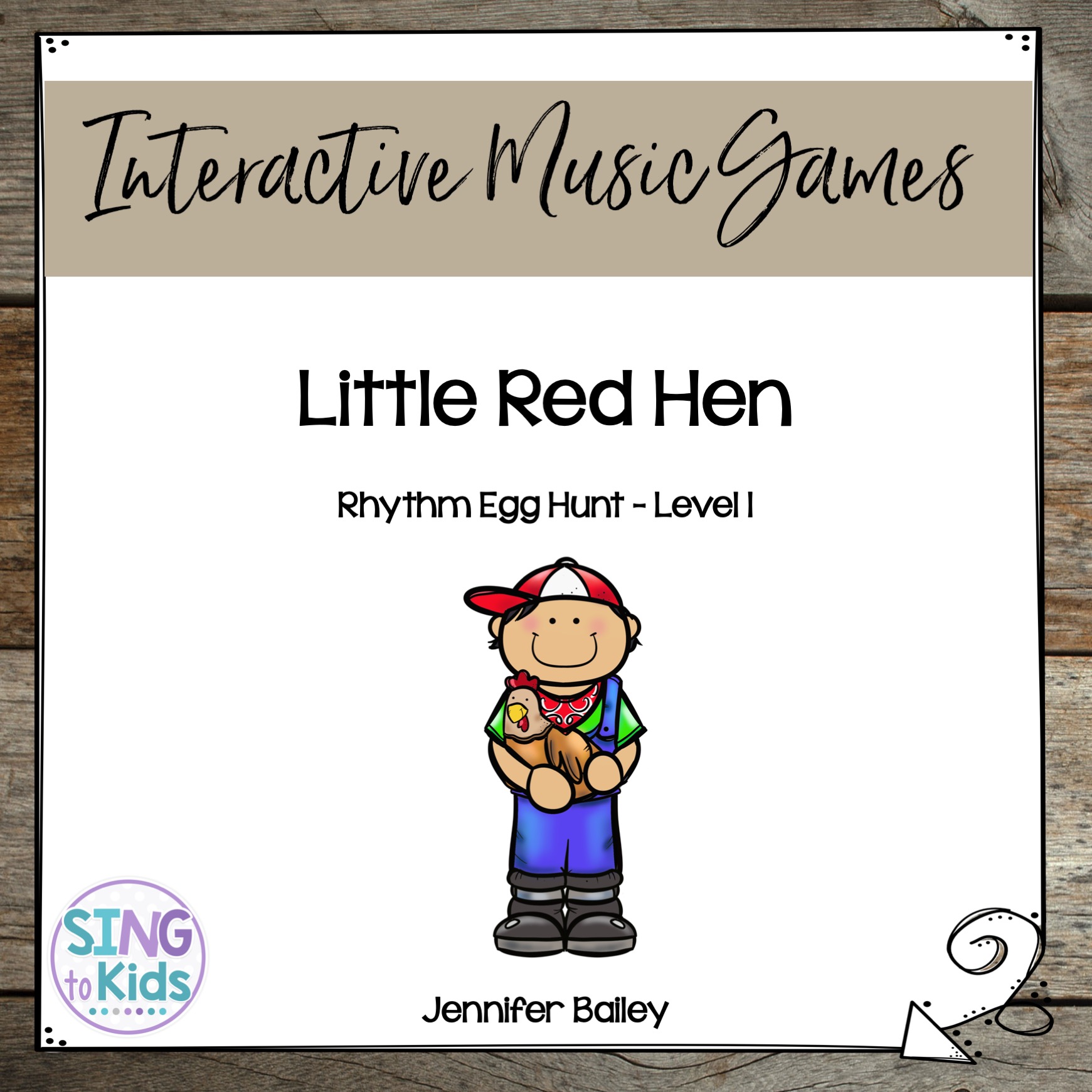
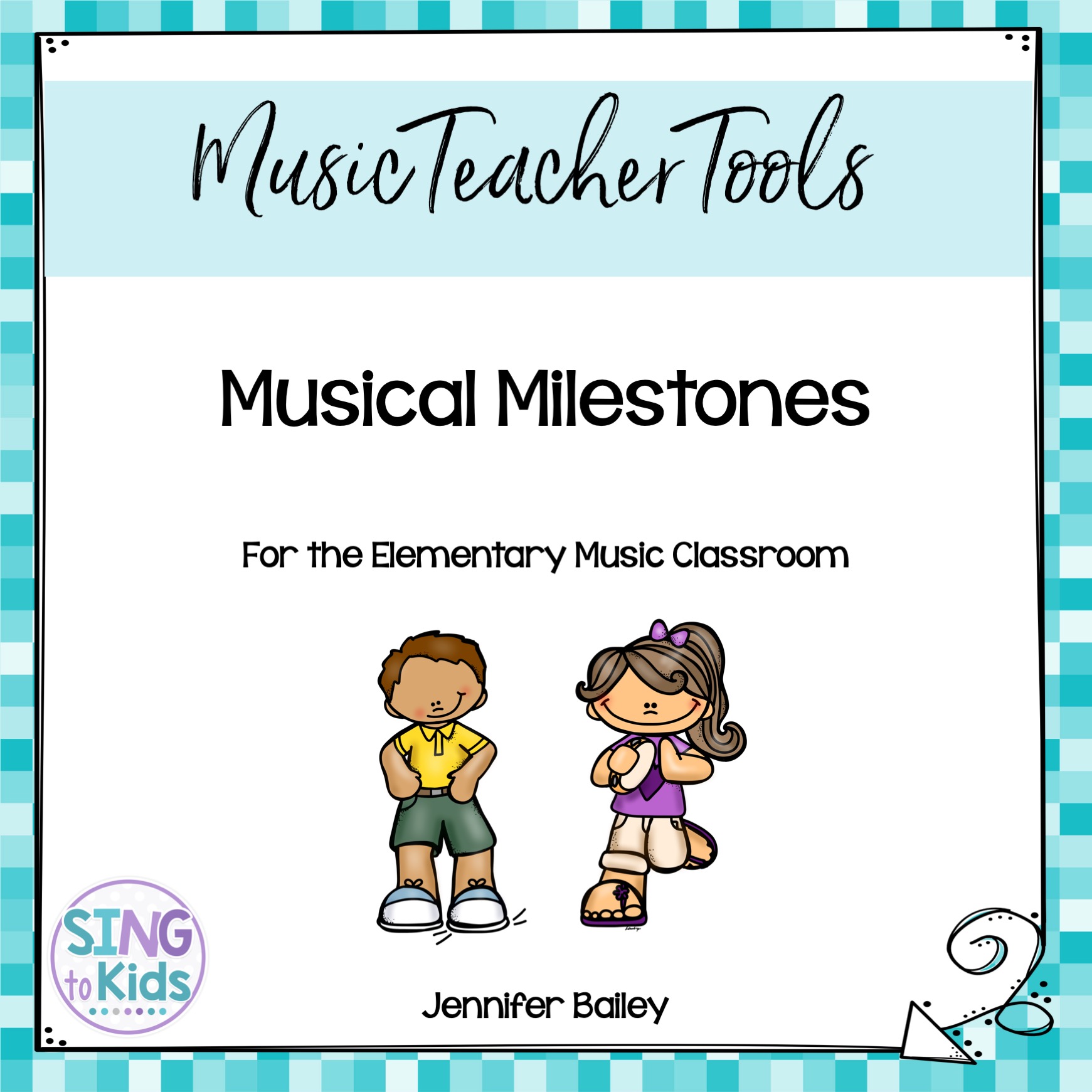
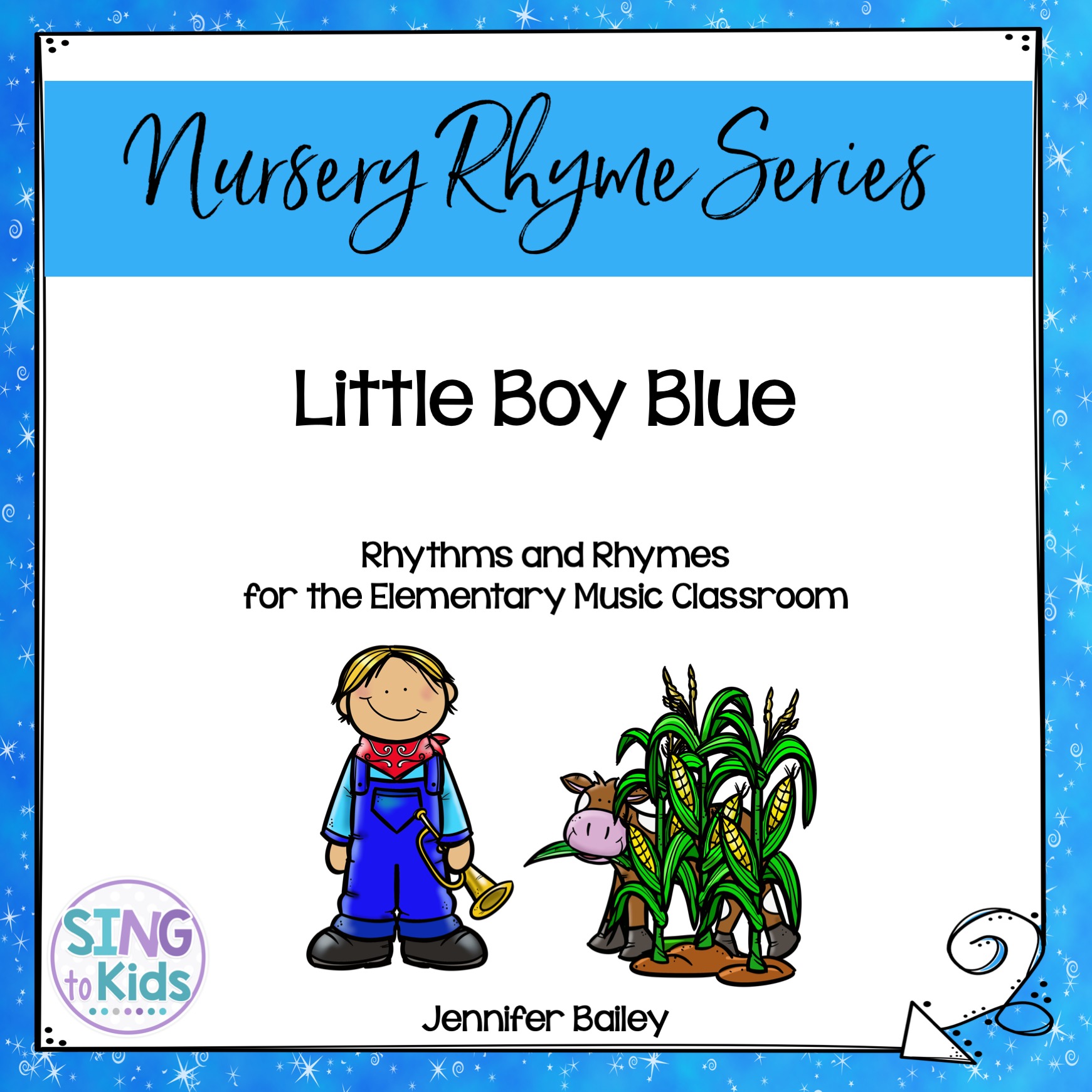
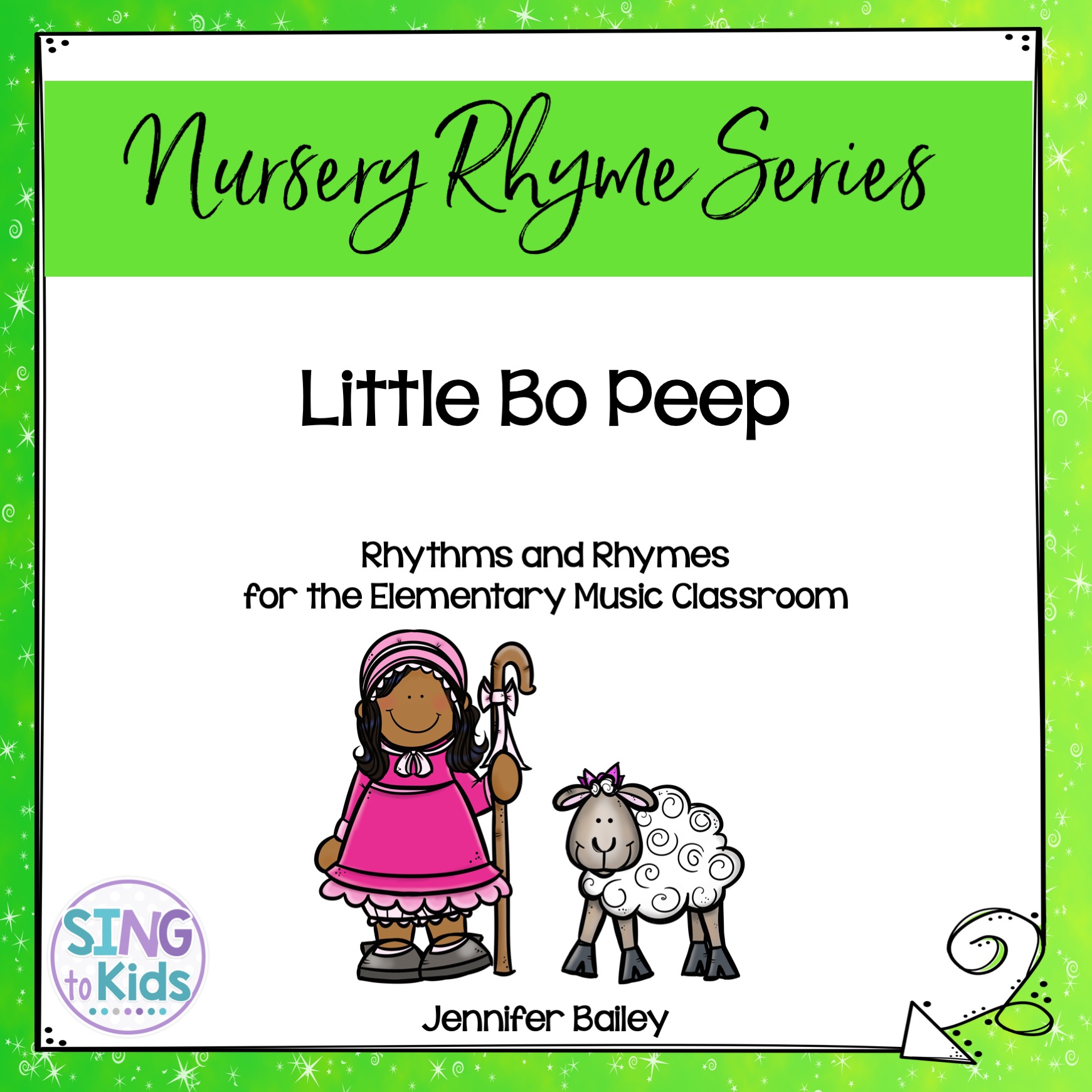
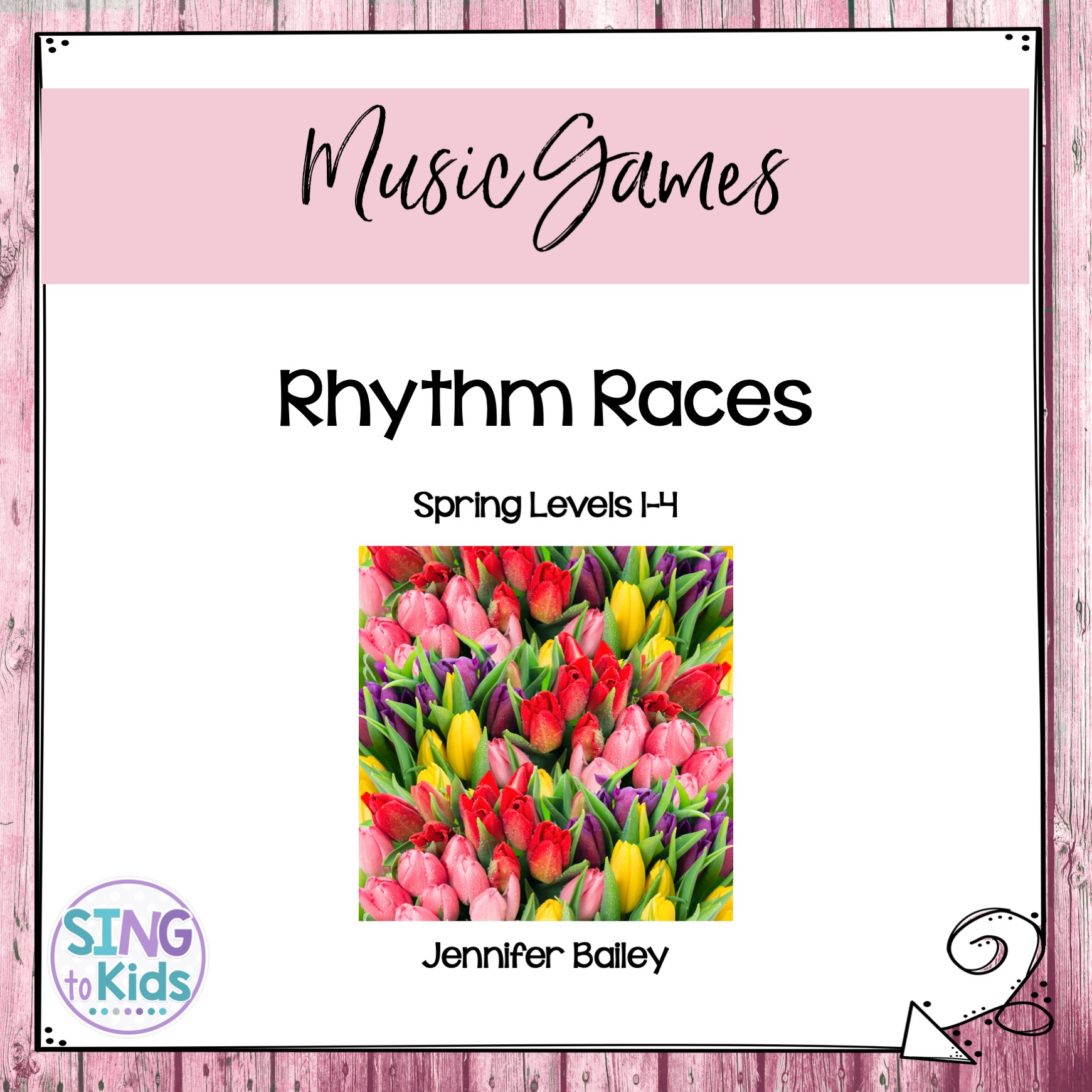
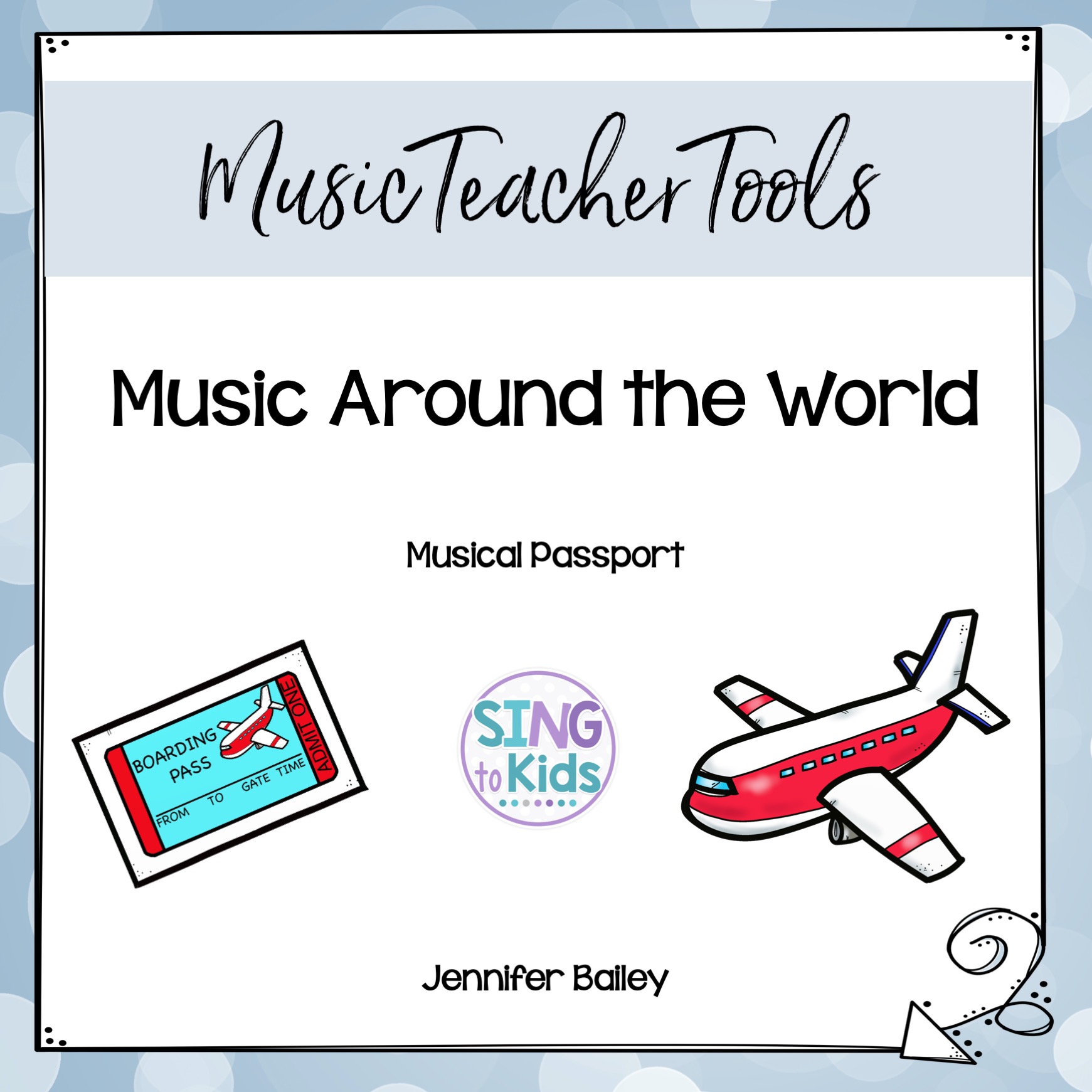
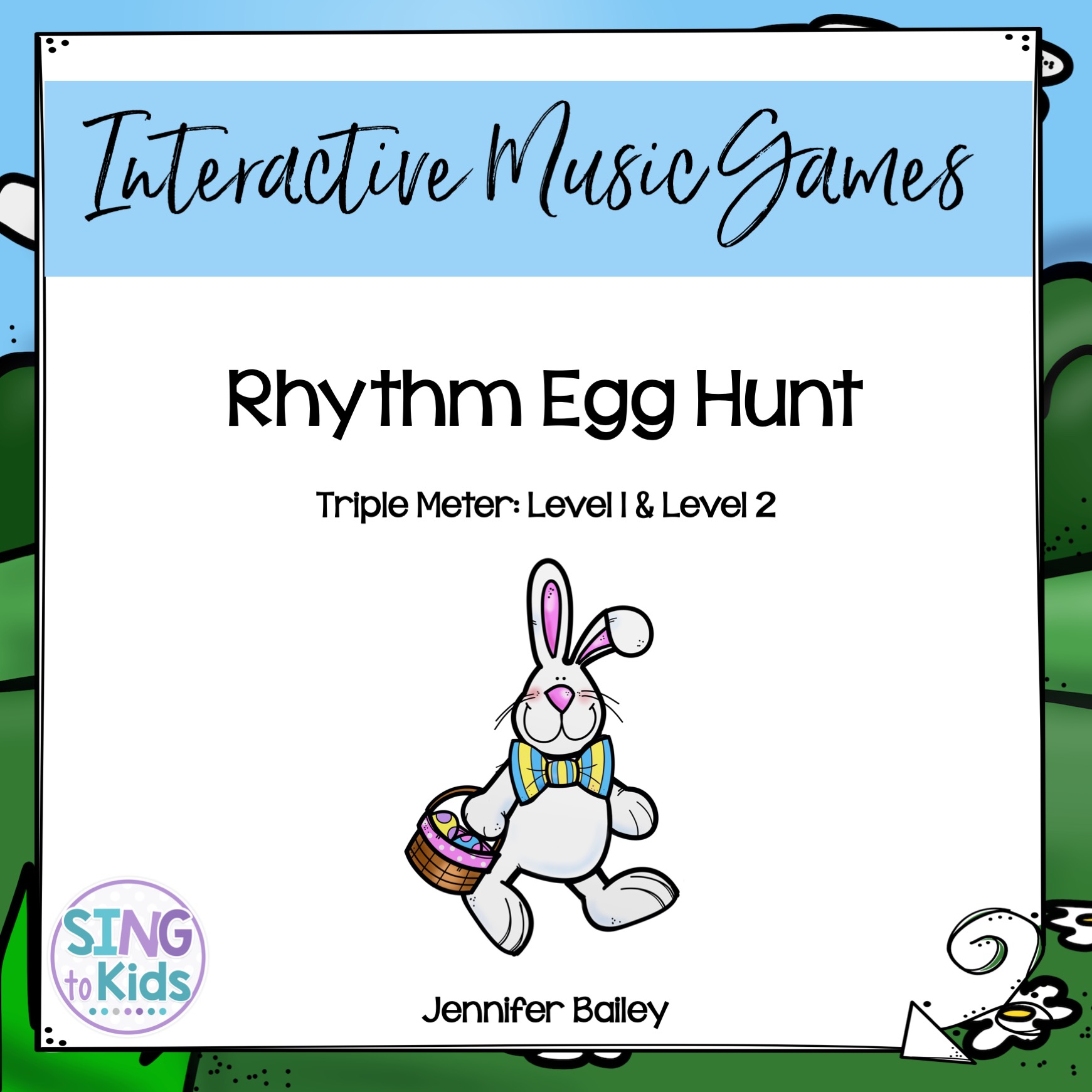
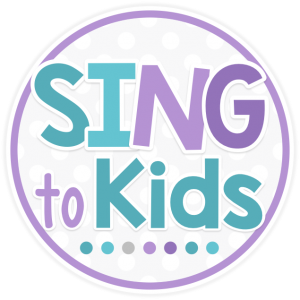
Connect with me!